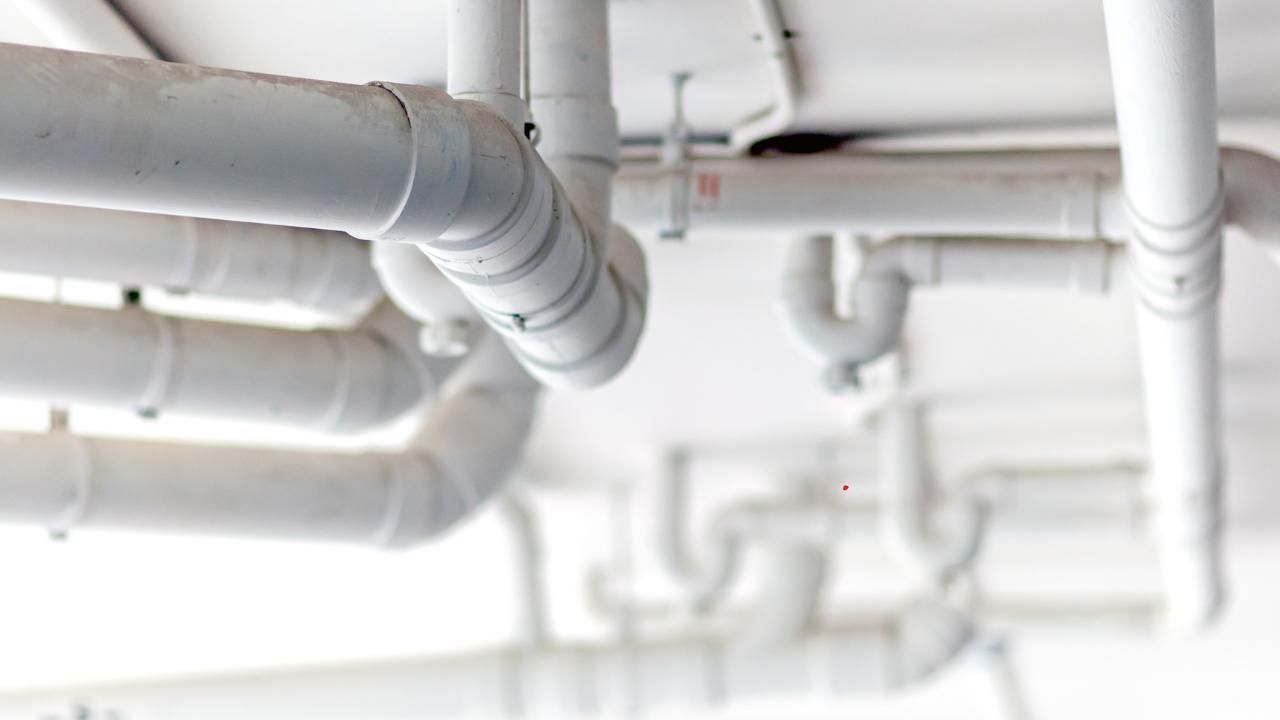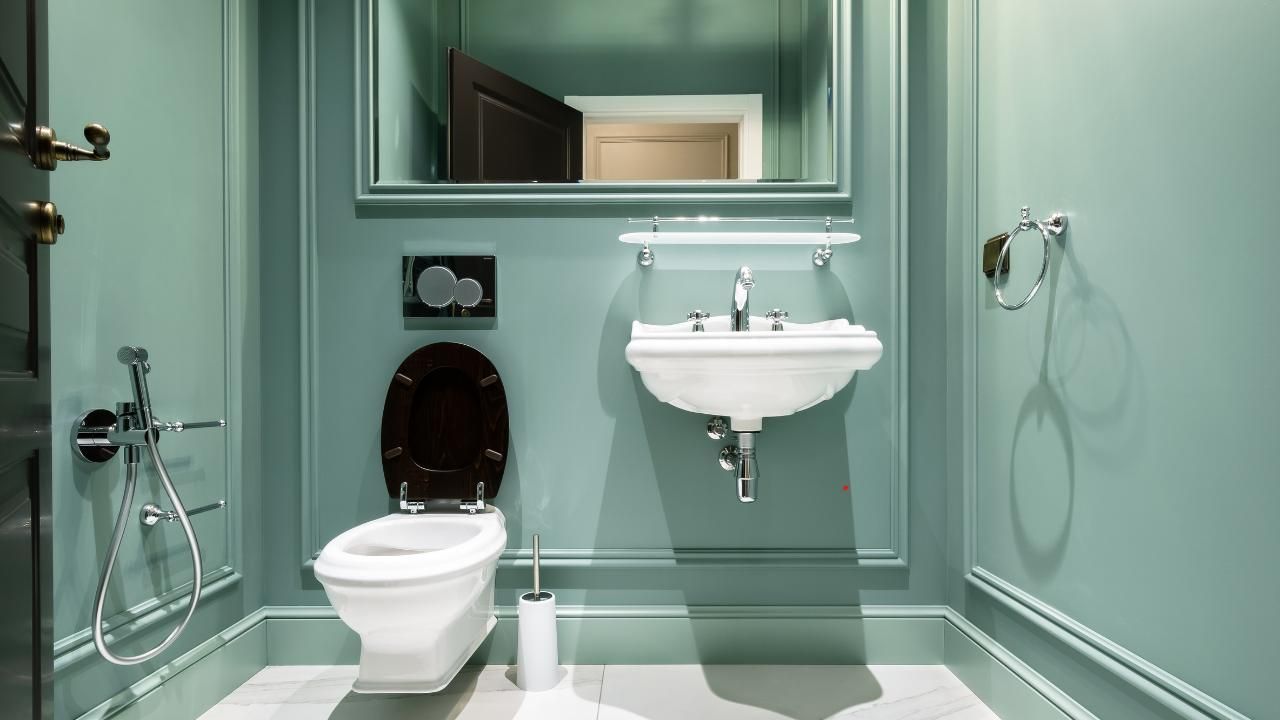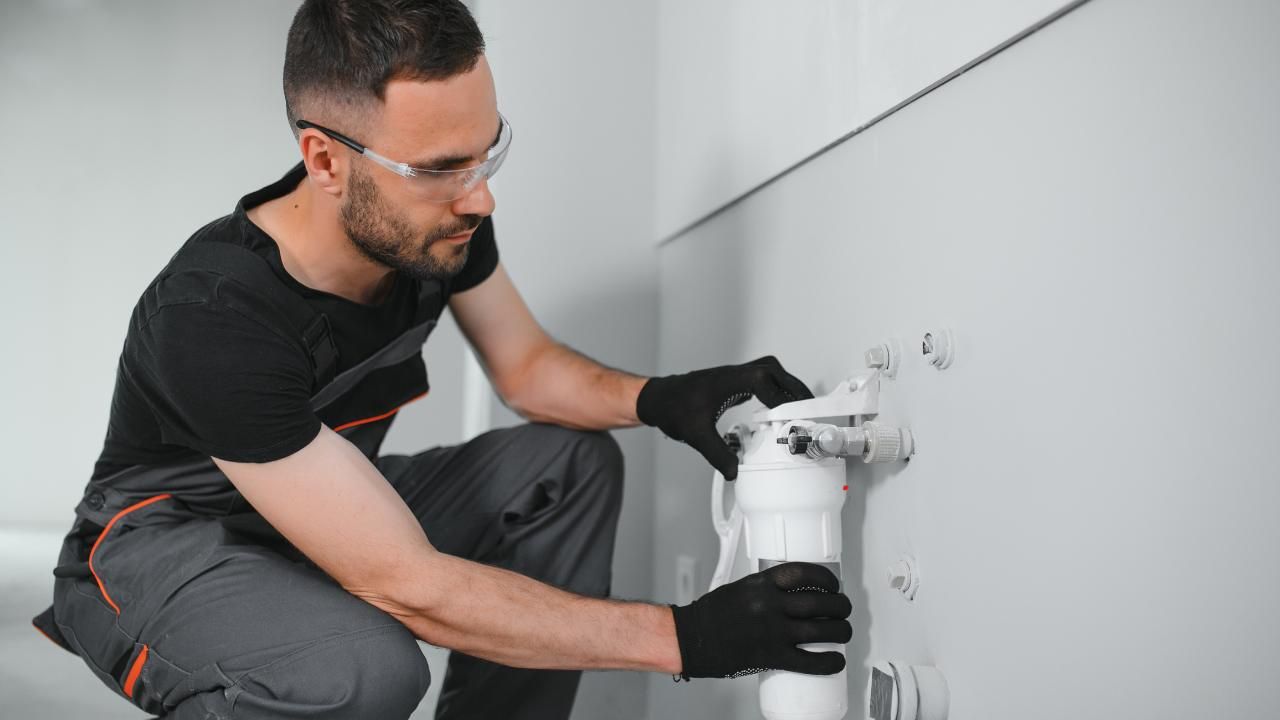Fall Plumbing Maintenance: Prepare Your Pipes for Cold Weather

When autumn sets in, most homeowners think about cozy evenings and holiday plans—but your plumbing system deserves attention, too. The shift in temperatures and the approaching frost can put your pipes and fixtures under stress. If you wait until the first freeze, you may be dealing with costly repairs instead of prevention. With help from a trusted plumber Commerce City residents rely on, you can make sure your home is ready for the cold.
In this guide, we’ll walk through practical fall plumbing maintenance tips to protect your home, save money, and prevent unpleasant surprises. Companies like Fast Trak Plumbing and Drain often remind homeowners that proactive care can mean the difference between a safe winter and a flooded basement. Even if you handle small tasks yourself, having a local plumbing service on standby ensures peace of mind when temperatures drop.
Insulate Exposed Pipes
One of the biggest threats to your plumbing system in cold weather is frozen pipes. When water freezes, it expands and can crack pipes—even sturdy ones. Areas most at risk include:
- Basements and crawl spaces
- Garages and outdoor spigots
- Attics or poorly insulated walls
Pipe insulation is inexpensive, easy to install, and can prevent thousands of dollars in water damage. Foam sleeves or fiberglass wraps are simple fixes that keep water flowing freely when the air outside dips below freezing.
Drain Outdoor Fixtures
Garden hoses, sprinklers, and exterior faucets need attention before winter. Leaving them connected allows trapped water to freeze and damage both the hose and the faucet. Be sure to:
- Disconnect and store garden hoses
- Shut off water supply to outdoor faucets
- Open the spigot to allow any remaining water to drain out
If your home has an underground irrigation system, schedule a professional blow-out service. This ensures no water lingers in the lines that could freeze and crack pipes underground.
Check for Leaks and Drips
That tiny drip you ignored all summer can turn into a bigger issue when winter hits. Small leaks not only waste water but also increase the risk of pipe bursts when ice builds up. Walk through your home and inspect:
- Under sinks and cabinets
- Around toilets and tubs
- Near your water heater
If you notice dampness, stains, or mold, address it right away. Fixing a small leak in the fall is far easier—and cheaper—than handling water damage in the dead of winter.
Service Your Water Heater
Cold weather puts extra demand on your water heater. To ensure it runs efficiently:
- Flush the tank to remove sediment buildup
- Check the pressure relief valve
- Inspect for rust or corrosion
- Consider insulating the tank for energy savings
Most water heaters last about 8–12 years, so if yours is older, fall is a good time to evaluate whether replacement is the smarter option.
Case Study: A Home Saved from a Burst Pipe
Last November, a family in Commerce City noticed a small leak in their basement ceiling. They called a plumber just in time. The inspection revealed a nearly frozen pipe hidden behind drywall. Had they waited a week, the pipe would have burst, causing thousands in water damage. Instead, quick action and a bit of insulation kept their winter stress-free.
Don’t Forget Sewer Lines
Colder months can also strain your sewer system. Tree roots seeking moisture may invade pipes, or heavy fall rains may overwhelm drains. Having a plumber inspect and clear lines in the fall can prevent backups later.
Final Thoughts
Preparing your plumbing for fall isn’t just about comfort—it’s about protecting your home. From insulating pipes to servicing water heaters, small steps now can prevent costly emergencies later.
Take the time this season to give your plumbing the attention it deserves. And if you’re unsure where to start, call a professional to walk you through the process.
Ready to protect your home this fall? Schedule a plumbing inspection today and stay worry-free all winter long.




